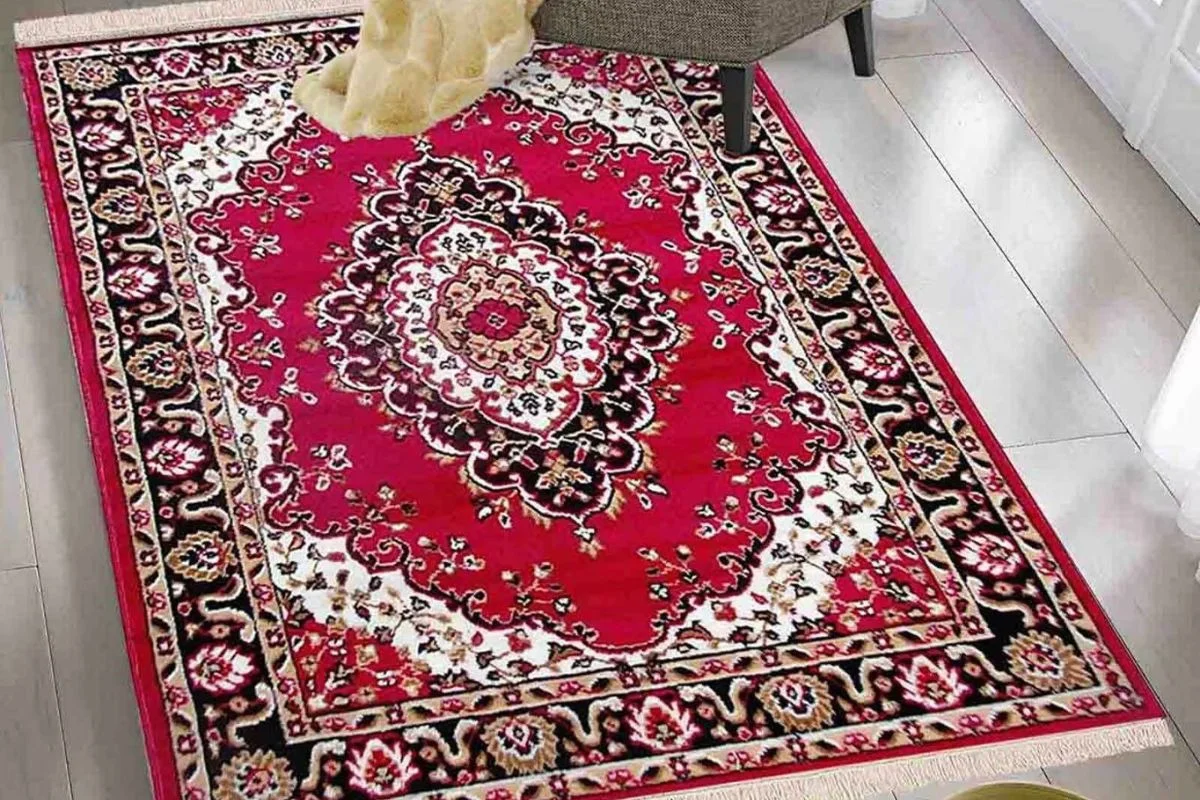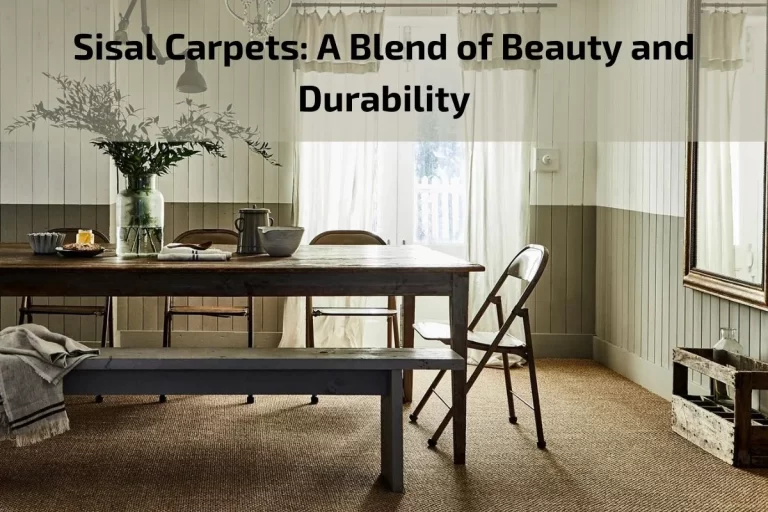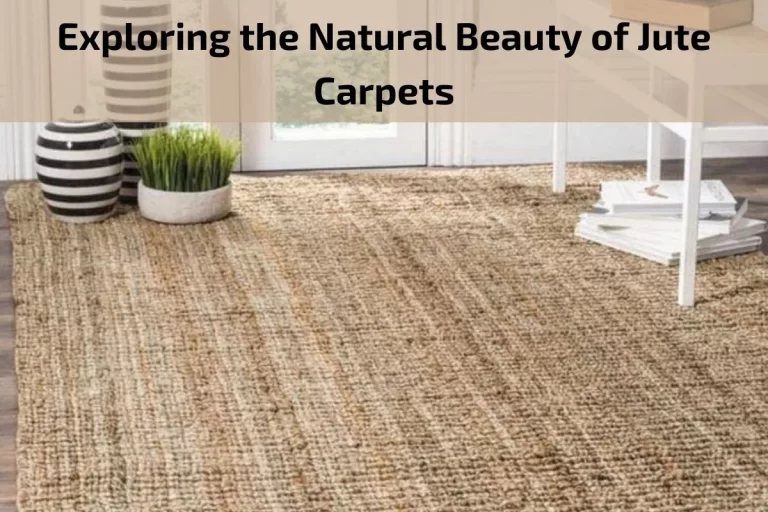In the world of interior design and décor, Persian carpets stand as timeless masterpieces revered for their exquisite craftsmanship, intricate designs, and rich cultural heritage. While rooted in centuries-old traditions, Persian carpet design and production have also evolved to embrace contemporary trends and influences.
In this exploration of contemporary trends in Persian carpet design and production, we delve into the innovative techniques, modern interpretations, and emerging styles that are reshaping the landscape of Persian carpet craftsmanship. From bold reinterpretations of traditional motifs to innovative materials and sustainable practices, today’s Persian carpets reflect a dynamic fusion of heritage and modernity.
Join us as we embark on a journey through the vibrant world of contemporary Persian carpet design, where age-old traditions meet cutting-edge creativity, and where the past seamlessly intertwines with the present to create carpets that are both timeless and of-the-moment.
Brief overview of Persian carpets
Persian carpets, renowned worldwide for their exquisite beauty and craftsmanship, represent a rich tapestry of culture, history, and artistry woven into every thread. Originating from ancient Persia, modern-day Iran, Persian carpets stand as timeless treasures revered for their intricate designs, vibrant colors, and exceptional quality.
The history of Persian carpets dates back thousands of years, with roots deeply embedded in Persian culture and tradition. From the majestic palaces of kings to the humble abodes of nomadic tribes, Persian carpets have adorned floors and walls, serving as symbols of wealth, status, and artistic expression.
What sets Persian carpets apart is not just their stunning aesthetics but also the meticulous craftsmanship and attention to detail that goes into their creation. Skilled artisans hand-weave each carpet using time-honored techniques passed down through generations. The use of natural materials such as wool, silk, and cotton, along with organic dyes derived from plants and minerals, adds to the allure and durability of Persian carpets.
Persian carpets feature a diverse array of designs, motifs, and patterns, each bearing cultural significance and symbolic meaning. From geometric patterns and floral motifs to intricate medallions and arabesques, Persian carpets reflect the artistic sensibilities and regional influences of the communities where they are crafted.
Beyond their visual appeal, Persian carpets serve practical purposes as well. They provide warmth and insulation in cold climates, dampen noise, and create a cozy and inviting ambiance in homes, mosques, and palaces alike.
Today, Persian carpets continue to captivate admirers around the world, prized for their timeless beauty, exceptional quality, and enduring legacy. Whether as decorative masterpieces, cherished heirlooms, or valuable investments, Persian carpets remain a testament to the ingenuity, skill, and creativity of Persian artisans through the ages.
Characteristics and Design Elements of Persian Carpets
Persian carpets are renowned for their distinct characteristics and intricate design elements, which set them apart as masterpieces of craftsmanship and artistry. Here are some key characteristics and design elements of Persian carpets:
Rich Colors: Persian carpets are known for their vibrant and rich color palettes, which include deep reds, blues, greens, and golds. These colors are often derived from natural dyes, giving Persian carpets their distinctive and enduring hues.
Intricate Designs: Persian carpets feature intricate designs that range from geometric patterns to floral motifs, medallions, and arabesques. These designs are meticulously woven into the carpet using traditional techniques, resulting in exquisite detailing and precision.
Symmetry and Balance: Persian carpets are characterized by their sense of symmetry and balance in design. Central medallions, repeated motifs, and border patterns create a harmonious composition that draws the eye and enhances the overall aesthetic appeal of the carpet.
Traditional Weaving Techniques: Persian carpets are hand-woven using traditional techniques that have been passed down through generations of artisans. These techniques involve intricate knotting and weaving methods, resulting in durable and resilient carpets with intricate patterns and textures.
Natural Materials: Persian carpets are crafted from natural materials such as wool, silk, and cotton, which are known for their durability, softness, and sheen. These materials are sourced locally and contribute to the longevity and quality of Persian carpets.
Regional Variations: Persian carpets exhibit regional variations in design, motifs, and weaving techniques, reflecting the cultural diversity and artistic traditions of different regions in Iran. Carpets from Tabriz, Isfahan, Kashan, and other cities each have their own distinctive styles and characteristics.
Symbolism and Meaning: Many design elements in Persian carpets carry symbolic meaning and cultural significance. For example, floral motifs symbolize beauty and nature, while geometric patterns represent harmony and balance. Medallions often symbolize unity and protection.
Durable and Timeless: Persian carpets are prized for their durability and longevity, often lasting for generations when properly cared for. Their timeless designs and exceptional quality make them prized possessions and valuable investments.
Significance and Symbolism of Persian Carpets
The significance and symbolism of Persian carpets extend far beyond their exquisite craftsmanship and intricate designs. Rooted in centuries-old traditions and cultural heritage, Persian carpets hold profound meaning and importance in Persian culture and society. Here are some key aspects of the significance and symbolism of Persian carpets:
Cultural Heritage: Persian carpets are deeply woven into the cultural fabric of Iran, representing a centuries-old tradition of craftsmanship and artistry. They serve as tangible expressions of Iran’s rich cultural heritage and artistic legacy, embodying the skills and techniques passed down through generations of artisans.
Artistic Expression: Persian carpets are revered as works of art, showcasing the creativity, skill, and ingenuity of Persian artisans. The intricate designs, vibrant colors, and meticulous craftsmanship of Persian carpets reflect the artistic sensibilities and aesthetic principles of Persian culture.
Status and Prestige: Historically, Persian carpets have been associated with wealth, status, and prestige. They were prized possessions of royalty, nobility, and affluent families, symbolizing wealth, prosperity, and social standing. Owning a Persian carpet was considered a mark of distinction and sophistication.
Spiritual Significance: Persian carpets hold spiritual significance in Persian culture and Islamic tradition. They are often used in mosques, shrines, and religious spaces for prayer, meditation, and spiritual reflection. The act of kneeling and prostrating on a Persian carpet is a sacred ritual that fosters a sense of connection with the divine.
Symbolism in Design: Many design elements and motifs in Persian carpets carry symbolic meaning and cultural significance. For example, floral motifs symbolize beauty, fertility, and the cycle of life, while geometric patterns represent harmony, balance, and cosmic order. Medallions often symbolize unity, protection, and divine guidance.
Cultural Identity: Persian carpets serve as symbols of Iranian identity and pride, reflecting the unique cultural heritage and artistic traditions of the Persian people. They are cherished as national treasures and sources of national pride, representing the rich tapestry of Iranian culture and history.
Generational Legacy: Persian carpets are often passed down through generations as cherished heirlooms and family treasures. They hold memories, stories, and traditions that are handed down from parents to children, preserving a sense of continuity and connection to the past.
Practical Considerations for Choosing Persian Carpets
When choosing Persian carpets, several practical considerations should be taken into account to ensure that the carpet meets your needs and preferences. Here are some practical considerations for selecting Persian carpets:
Size and Dimensions: Determine the size and dimensions of the carpet needed for the intended space. Measure the area where the carpet will be placed, considering the room’s layout and furniture arrangement. Choose a carpet size that complements the space without overwhelming it.
Design and Style: Consider the design and style of the Persian carpet in relation to your home decor and personal taste. Persian carpets come in a variety of designs, from traditional floral motifs to geometric patterns and medallions. Choose a design that harmonizes with the overall aesthetic of the room and reflects your individual style preferences.
Color Palette: Pay attention to the color palette of the Persian carpet and how it complements the existing colors and furnishings in the room. Consider factors such as lighting conditions, wall colors, and decorative accents when selecting carpet colors. Opt for colors that create a cohesive and harmonious look within the space.
Quality and Materials: Assess the quality and materials used in the construction of the Persian carpet. Look for carpets made from high-quality natural fibers such as wool or silk, which offer durability, softness, and resilience. Check the density of the carpet pile and the tightness of the weave to gauge its overall quality and craftsmanship.
Budget and Affordability: Set a budget for purchasing a Persian carpet and explore options that fall within your price range. Keep in mind that Persian carpets vary in price depending on factors such as size, design, quality, and rarity. Consider the long-term investment value of the carpet and choose one that offers the best balance of quality and affordability.
Maintenance and Care: Consider the maintenance and care requirements of the Persian carpet before making a purchase. Determine whether the carpet requires special cleaning techniques or treatments and assess your ability to maintain its appearance over time. Choose a carpet that is easy to clean and care for, especially in high-traffic areas.
Authenticity and Origin: Verify the authenticity and origin of the Persian carpet before purchasing. Look for carpets that are hand-woven in Iran by skilled artisans using traditional techniques and materials. Authentic Persian carpets often bear unique hallmarks, signatures, or labels that indicate their origin and authenticity.
Trial and Inspection: Whenever possible, inspect the Persian carpet in person before making a purchase. Examine the carpet closely for any signs of damage, wear, or irregularities in the weave or design. Feel the texture and thickness of the carpet pile to assess its overall quality and comfort.
Persian Carpets in Interior Design and Home Décor
Persian carpets play a significant role in interior design and home décor, adding warmth, elegance, and cultural richness to any space. Here are some ways Persian carpets can enhance interior design and home décor:
Timeless Elegance: Persian carpets bring a sense of timeless elegance and sophistication to any room. Their intricate designs, vibrant colors, and luxurious textures serve as focal points that elevate the aesthetic appeal of the space.
Versatility: Persian carpets are versatile accessories that complement a wide range of interior styles and decor themes. Whether your home features traditional, eclectic, or modern design elements, a Persian carpet can seamlessly integrate into the space, adding depth and character.
Anchor for Furniture: Persian carpets serve as anchor points for furniture arrangements, defining seating areas and creating visual boundaries within a room. Placing furniture such as sofas, armchairs, and coffee tables on top of a Persian carpet helps tie the room together and adds cohesion to the overall design.
Color and Pattern Coordination: Persian carpets offer endless possibilities for color and pattern coordination in interior design. They can be used to introduce pops of color, introduce texture, or tie together existing color schemes and decor elements within a room.
Texture and Comfort: The plush pile and soft texture of Persian carpets provide a comfortable and inviting surface for walking, sitting, and lounging. They add warmth and coziness to hardwood or tile floors, creating a welcoming atmosphere that encourages relaxation and socialization.
Cultural Heritage: Persian carpets carry cultural significance and historical resonance that enriches the ambiance of any space. They serve as tangible expressions of Persian art, craftsmanship, and tradition, inviting conversation and appreciation for the cultural heritage they represent.
Acoustic Benefits: Persian carpets help absorb sound and reduce echo in rooms with hard surfaces, such as tile or hardwood floors. This makes them ideal for living rooms, dining rooms, and bedrooms where noise reduction and acoustic comfort are desired.
Investment Value: Persian carpets are not only decorative accents but also valuable investments that appreciate in value over time. Their craftsmanship, quality materials, and timeless appeal make them sought-after collectors’ items and heirlooms that can be passed down through generations.
Personalization and Expression: Persian carpets allow homeowners to express their personal style and taste in interior design. Whether choosing a traditional Hertz carpet or a more contemporary Kilim rug, homeowners can select a Persian carpet that resonates with their individual aesthetic preferences and lifestyle.
Conclusion
In conclusion, Persian carpets stand as timeless treasures that transcend mere floor coverings to become integral elements of interior design and home décor. Their intricate designs, vibrant colors, and cultural significance imbue spaces with warmth, elegance, and a sense of history.








